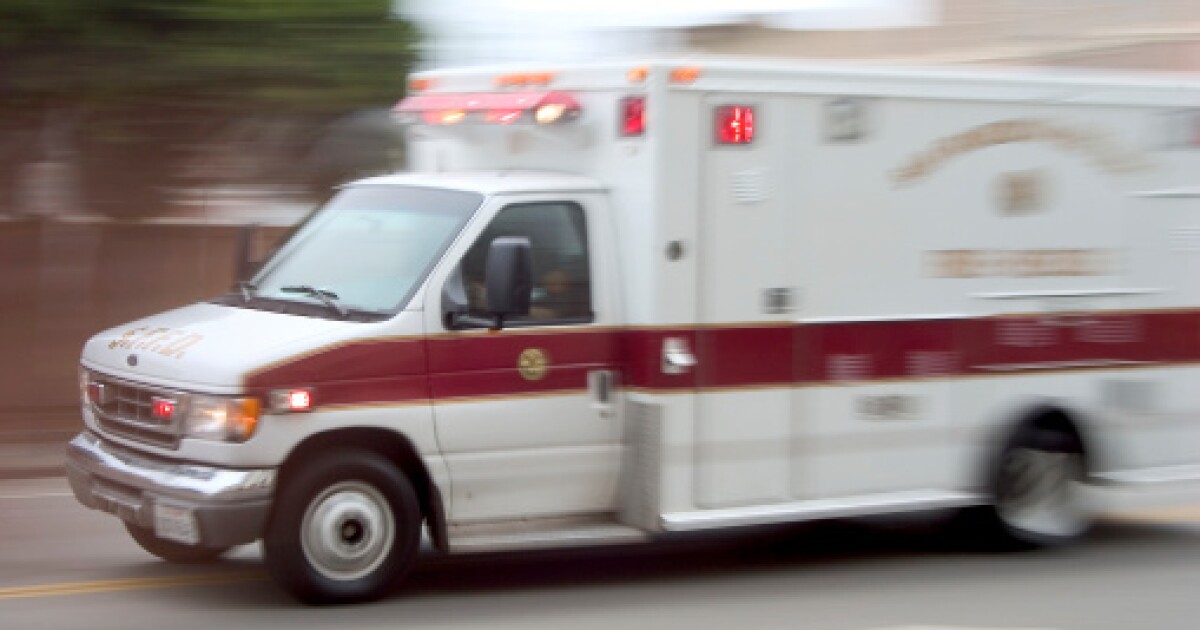

A team with the Oregon Air National Guard saved two people’s lives after a motorcycle accident in mid-May.
The special tactics Airmen with the 125th Special Tactics Squadron were in a convoy on I-84 in a place where the speed limit is 80 miles per hour in Idaho on May 15 when a motorcyclist with a passenger was struck from behind, according to the Air Force Special Tactics.
BIDEN ADMINISTRATION APPROVES $700M IN NEW MILITARY AID, INCLUDING HIMARS
“We were just driving back to base, I look over and I see it happen, and I tell the driver to pull over,” said Master Sgt. Stephen Studenny, 125th STS senior enlisted leader. “I was running across the highway on the phone calling the others to grab their gear and I looked back and they were already out of their vehicles running across the median.”
The special tactics service members, who had been at small arms training before, were heading to Gowen Field, Idaho, when the crash occurred. They immediately jumped into action.
“These guys were in flip flops sprinting across the median ready to flag down traffic and create a road block to protect their teammates and the patients,” said Maj. Alex Nell, 125th STS commander. “We had guys that blocked and directed traffic, while their teammates simultaneously moved to triage and treat what ended up being two patients. We had four to five pararescuemen and combat controllers working on each patient.”
Just days earlier, the airmen had participated in tactical combat casualty care training and had specialized medical equipment with them from their training at the firing range that day. The training included “everything from controlling arterial bleeding to establishing airways via cricothyrotomy,” Nell said.
CLICK HERE TO READ MORE FROM THE WASHINGTON EXAMINER
“One patient had really bad road rash, likely broken bones, and experiencing shock, but was responsive. They stabilized the head and neck with organic equipment and established an IV to administer fluids. Simultaneously they got to the other who was in really bad shape,” Nell continued. “I won’t get into specifics, but it was bad. They assessed the second patient, ended up clearing and establishing an airway, put in intraosseous access for fluid administration, and stabilized the head/neck and pelvis/back for transport while monitoring vitals. They got them both to a point of stability to be able to be transported by ambulance.”
He also said the ICU “confirmed” that “one of the patients would have died on scene had it not been for [the 125th STS Airmen], and the other patient could have easily died from shock.”





